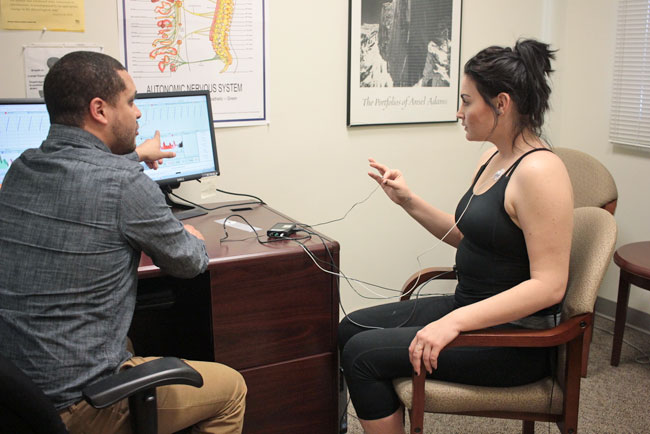Revealing the Mysteries of the Brain Through qEEG Cerebral Mapping in Mental Wellness Assessment
Revealing the Mysteries of the Brain Through qEEG Cerebral Mapping in Mental Wellness Assessment
Blog Article
Comprehending the individual brain is a challenging endeavor, particularly when it pertains to psychological health. Traditional approaches of evaluation frequently rely on interviews and surveys, which can sometimes miss important details about how the mind operates. This is where qEEG electroencephalography, or qEEG, comes into play. qEEG is a specialized method that assesses neural signals in the brain. By analyzing these neural patterns, mental health professionals can obtain important understandings into a person's mental state, aiding to enhance diagnosis and intervention.
qEEG works by applying small sensors on the head to capture brain activity. These electrodes measure electrical signals produced by neurons, the units in the cerebrum that communicate with one another. The data gathered is then processed and displayed as a set of patterns. Each type of neural wave—such as α, β, δ, and θ—relates to various psychological states and activities. For instance, α oscillations are often associated with calmness, while beta oscillations are associated to active thinking and problem-solving. By examining these trends, clinicians can detect irregularities that may indicate mental health concerns.
One of the significant benefits of qEEG is its capability to offer objective data. In contrast to conventional assessments that depend on personal accounts from patients, qEEG offers a clear picture of neural activity. This clarity can assist reduce biases in diagnosis and lead to more accurate treatment strategies. For example, if a patient is experiencing anxiety, qEEG can show particular trends of neural activity that are linked with stress disorders. This information allows psychological health experts to customize treatments more efficiently, whether through therapy, medication, or other treatments.
Additionally, qEEG can be especially beneficial in monitoring treatment progress. By conducting qEEG assessments at different stages during treatment, healthcare providers can monitor variations in neural function over time. This ongoing assessment assists determine whether a treatment is effective or if modifications are required. For instance, if a client is not reacting to a specific treatment, qEEG may indicate that their neural function has not changed in a way that indicates progress. This feedback loop can lead to more personalized and effective mental health care.
In conclusion, qEEG brain mapping is a powerful tool in the field of psychological health evaluation. By offering unbiased information about neural function, it qEEG brain mapping for schizophrenia improves the comprehension of different psychological health disorders. This method not only assists in precise assessment but also assists in tracking intervention effectiveness. As psychological health professionals continue to investigate the capabilities of qEEG, it possesses potential for enhancing the well-being of people dealing with mental health challenges. With ongoing research and advancements in technology, the secrets of the brain may turn clearer, leading to better outcomes for those in need of support.